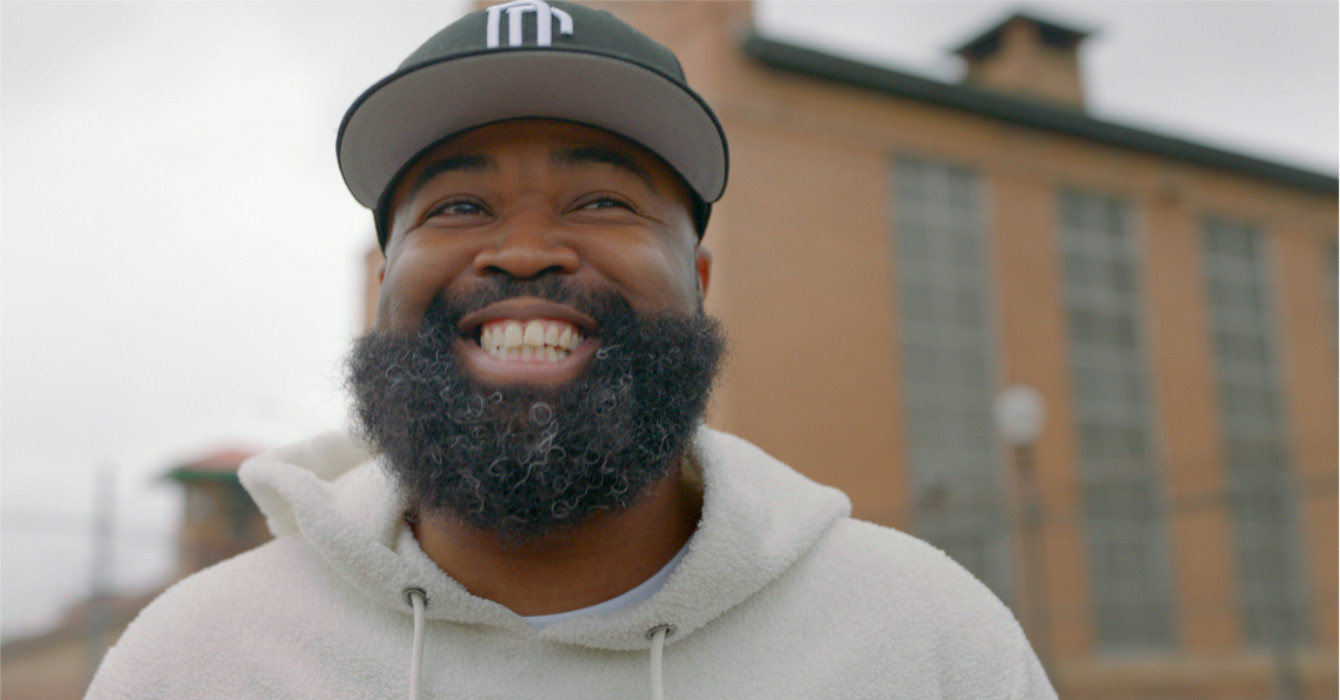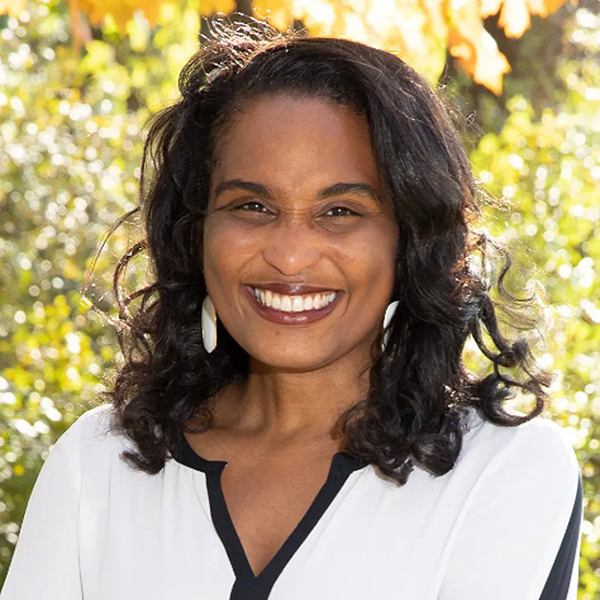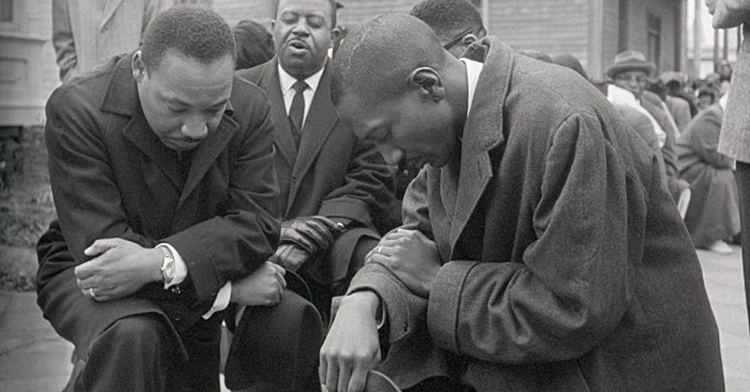Long tables stretched one full side of the room, loaded with fabric scraps, paints, colored papers, buttons, ribbons, shells and everything else you could imagine.
The prompt, for 28 participants from around the country who were present at this art and spirit retreat, was to look into the shiny piece of silver paper on our table and, based on what we saw, create a self portrait. What emerged, 90 minutes later, amazed me in its beauty and skill, the scope and range of what people created, and the delight I took in viewing 28 interpretations of the prompt.
The elderly man sitting across from me glued layer upon layer of paper over the silver paper to represent the many layers of his person. A woman at another table balled up pink tissue paper and created a young girl in a tutu, the ballerina she remembered being in her girlhood. Another woman created a three dimensional crown of flowers, to symbolize the ways in which she felt rooted in creation.
After a weekend of such prompts, I found myself moved not only by the diversity of responses, but by the ways these multiple perspectives sparked my own work. Seeing what others created out of the same pile of scraps opened my mind up to what was possible, individually and collectively.
In “The end of silos,” Dave Odom says, “The practice of thinking and acting institutionally begins with building relationships, learning the stories and traditions and imaginations of other people in your institution.”
As the artists at my retreat explained why they created what they did, we learned one another’s stories and motivations. Odom suggests that when we take time to listen to our colleagues and peers, we can better engage in joint projects and endeavors that strengthen our own work as well as that of our institutions.
Such listening also reminds us that what we create is determined in part by what we pay attention to and how we pay attention. Moses practices paying attention when he turns aside to see the burning bush, says Barbara Brown Taylor in her book, “An Altar in the World.”
“The bush was not right in front of Moses,” she writes. “It must have been over to the side somewhere, because when Moses saw it, he said, ‘I must turn aside and look at this great sight, and see why the bush is not burned up.’”
Taylor points out that “the bush required Moses to take a time out,” and “what made him Moses was his willingness to turn aside.” Because he takes the time to pay attention, God dismisses the angel and takes over the bush. It is at this point that Moses’ instruction in creative leadership can begin.
What might we create, if we pay attention to one another and to what God places in our pathway?











